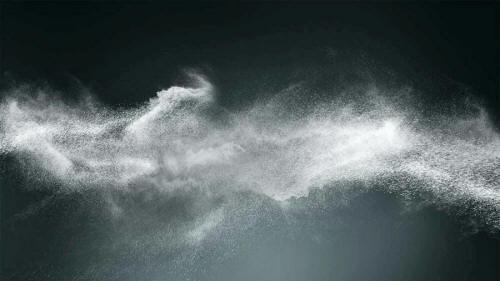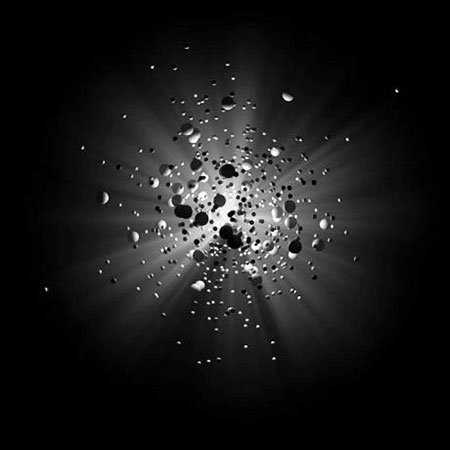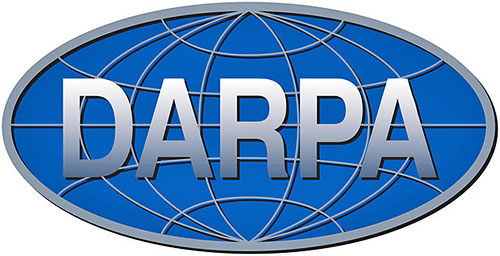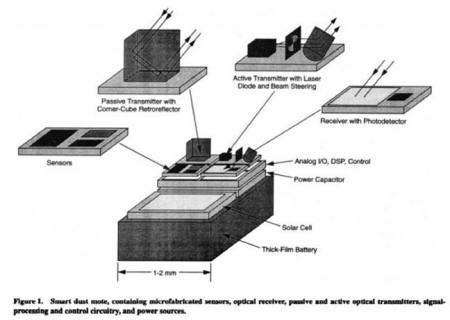|
from ReadWrite Website
Smart Dust is the Future of the
Quantified World. but these microscopic sensors could change the way
we interact with the world. The year is 2035, and Sgt. Bill Traverse and his team of commandos are performing a "sweep and clean" operation through a portion of the war-torn Mexico City.
Their job is to find any hidden pockets of resistance and flush them out and back through the neutral zone or eliminate them.
The drones that provide surveillance
overhead cannot offer much support in the twisting alleys and
passageways of the sprawling metropolis and the helmet-based HUD
systems that soldiers are equipped with are useless in a city where
all technical infrastructure was destroyed years ago.
He and his team use Dust, portable packets of sensors that float in the air throughout the entire city and track movement, biometric indicators, temperature change and chemical composition of everything in their city.
The Dust sensors send information back to their HUD displays through a communications receiver carried by a member of the team. Traverse can tell, from the readings that Dust gives him, if there are people around the next corner and if they are holding weapons.
His team can then proceed accordingly…
The concept of Dust is not.
Smart Dust - The
Sensors That Track Every Thing, Everywhere
The general concept of the Internet
of Things is that we can put a sensor on anything and have it
send data back to a database through the Internet. In this way we
can monitor everything, everywhere and build smarter systems that
are more interactive than ever before.
What if the sensors were in the air,
everywhere? They could monitor everything - temperature, humidity,
chemical signatures, movement, brainwaves - everything.
We use the military anecdote above because it was these military research groups that first conceptualized Smart Dust but the practical application of the technology can be applied to almost any industry.
The entire world could be quantified with this type of ubiquitous sensor technology. But how does it really work?
Gartner's Hype Cycle for Emerging Technology describes the functionality of these motes:
Smart Dust is made capable by these MEMS as well as advances in digital circuitry and wireless communication.
The advances in digital circuitry are what enable the motes to become so small while still having the ability to have a battery, a nominal amount of RAM and a wireless transmitter, likely powered by RFID (but perhaps Bluetooth or some as-yet-to-be identified future wireless communication protocol).
The goal is to make the entire package
as small as possible and last as long as possible, while being able
to support a microscopic operating system that enables the whole
thing to run.
Solutions for optical transmission of
data or using radio frequency have been discussed by researchers
such as Kristofer Pister, Joe Kahn and Bernhard
Boser at the University of California at Berkeley.
Linear Technology - a company that focuses on integrated circuits - acquired Dust Networks in 2011.
The primary difference between Arduino and TinyOS is that the latter is designed for lower-power sensors that support wireless communications standards.
Arduino is much easier for a developer
to learn and use, but TinyOS provides a fuller feature set. Hence,
TinyOS is almost perfectly designed to run the Smart Dust motes.
TinyOS provides useful software abstractions of the underlying device hardware:
Providing useful, well-designed and
heavily tested software abstractions greatly simplifies the job of
application and system developers.
This makes it very good for the purpose of a Smart Dust mote's capabilities of gathering and passing along data in high-frequency bursts but not powering an object like the base station that collects that data.
Nuclear power, jet engines, radar and
even the foundation of the Internet have been researched, developed
and inspired by militarily focused groups. Dust sprung from this
well. But it is by no means limited to military actions.
It is much more fascinating to imagine planetary exploration: using Dust,
Pister and Kahn elaborate some potential
uses in their research paper on the potential of Smart Dust.
Examples include,
In biological research, Smart Dust may
be used to monitor the movements and internal processes of insects
or other small animals.
|





